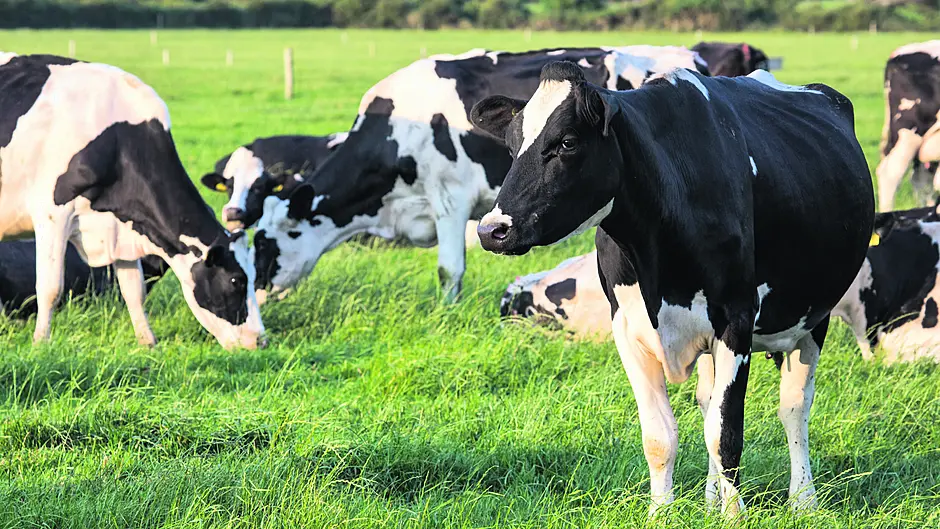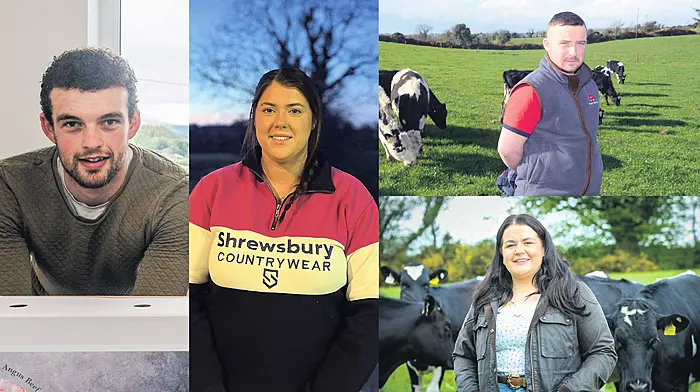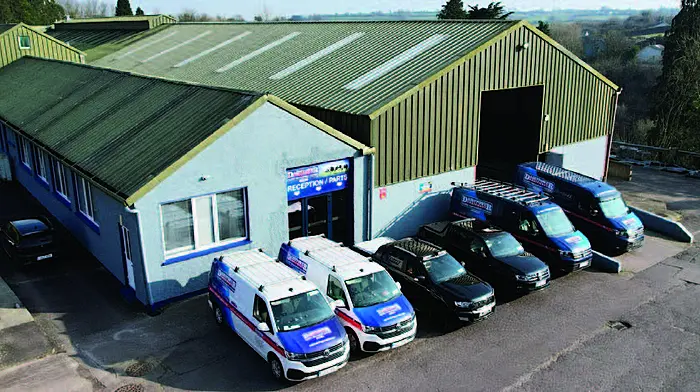There are some interesting revelations in the latest sustainability report from Teagasc, and most notably that farmers are intent on making the right climate action moves
TEAGASC recently released its latest sustainability report focusing on the year 2021.
The report uses the Teagasc national farm survey to track the performance of dairy, cattle, sheep and tillage farms across Ireland to understand changes in their economic, environmental and social sustainability. In addition to data for 2021, the report also includes data covering much of the last decade, to illustrate the changes that have occurred over the period.
Lead author of the report, Dr Cathal Buckley of the Teagasc rural economy and development programme, noted a continued increase in dairy output, dairy incomes and dairy greenhouse gas (GHG) emissions. But he said the report also noted smaller changes in the output, incomes and emissions across the other farm types. ‘However, there is greater evidence in the report for 2021 that actions to address gaseous emissions are being adopted, particularly by dairy farmers,’ he pointed out. ‘For example on an aggregate basis 48% of all slurry applied on farms was via low emissions slurry spreading (Less) equipment. For dairy farms the comparable figure was 74%. This transition to Less has helped lower ammonia emissions across all farm systems. However, the uptake of other desirable practices such as transition to protected urea chemical fertilisers remains low.’
Comparing farm performance for recent years, Trevor Donnellan, head of the agricultural economics and farm surveys department in Teagasc, and co-author of the report, noted that, from a socio-economic point of view, the improvement in farm incomes in 2021 had meant that a larger share of the farm population can be considered sustainable in an economic context.
‘However, the report shows that there was an increase in farm level greenhouse emissions in 2021, it should be noted that much of this was driven by the increased use of lime by farmers in addition to an increase in stocking rates,’ he said.
‘The use of lime is an important step in improving fertiliser use efficiency and lowering farm fertiliser requirements in future years. Given that the report relates to 2021, fertiliser use had yet to fall in response to the dramatic rise in fertiliser prices over the last 12 months.’
At the report launch, Dr Emma Dillon of Teagasc’s rural economy and development programme, presented developments in social sustainability measurement through the Teagasc national farm survey, including data on health and well-being, connectivity and community engagement. She said that the social dimension of sustainability is reflective of its holistic nature and its importance is increasingly emphasised in agricultural and broader policy.
Teagasc director Prof Frank O’Mara said the report was a vital resource which demonstrated farm performance in an economic, environmental and social content across the various farm systems. ‘It is important that the methodology used in the report evolves so that it remains consistent with the internationally-recognised approach to the calculation of the various measures that are included. Allied with our Signpost programme, the sustainability report provides us with the means to enhance the sustainability of Irish agriculture.’
The report provides the latest available information on the sustainability performance of farms in Ireland, based on detailed analysis of data collected through the Teagasc national farm survey. Economic, social, environmental and innovation sustainability dimensions are measured for dairy, cattle, sheep and tillage farms in 2021.
In 2021, the average dairy farm output per hectare was €4,324, and the average market based gross margin per hectare was €2,396.
On average, dairy farmers worked 2,545 hours per year on-farm (approximately 48.9 hours per week) and overall 86% of dairy farms were economically viable in 2021.
Average income per labour unit (unpaid family labour) for dairy farms in 2021 was €73,941. Average incomes per labour unit were €108,209, €76,099 and €36, 897 for the top, middle and bottom performing farms. The average family farm income per hectare on dairy farms was €1,548 in 2021. Within the farm profitability subcategories, the average income ranged from €2,227 per ha-1 from the top performing cohort to €893 per ha-1 for the bottom performers in economic terms.
The average dairy farm produced 614.1 tonnes of agricultural GHG emissions (in CO2 equivalent) in 2021. It should be noted that this measure is based on the IPCC definition of agricultural emissions. At 74%, most dairy farm emissions were from milk-based output. A further 25.8% of dairy farm GHG emissions were allocated to beef production on these farms (this would include emissions from cull cows and calf sales and transfers). The remaining emissions, less than 1%, were associated with sheep and arable production on dairy farms.
The average dairy farm emitted 9.52 tonnes of CO2 equivalent per hectare.
Only 6% of dairy farmers live alone and were thus classified as being at risk of isolation.
Overall, 82% of dairy farmers had received formal agricultural education of some description and those farms with better economic performance were more likely to use milk recording. Over 67% of the dairy farmers in the top group were milk recording,
On the average dairy farm, nearly 67% of all slurry applied by dairy farmers was via low emission slurry spreading methods.
Dairy and tillage systems have significantly higher levels of viability compared to cattle or sheep farms over the period examined.
The percentage of total chemical nitrogen applied in the form of protected urea averaged 7% across all dairy farms.










